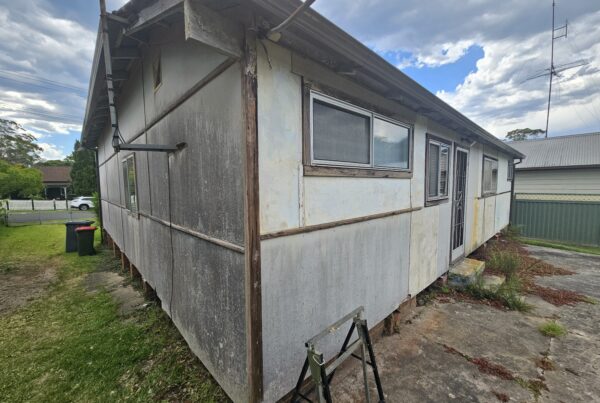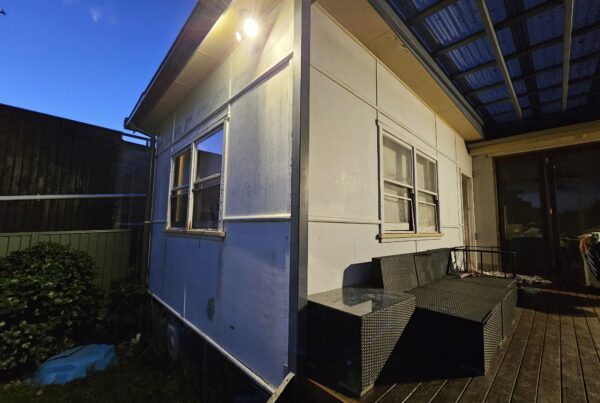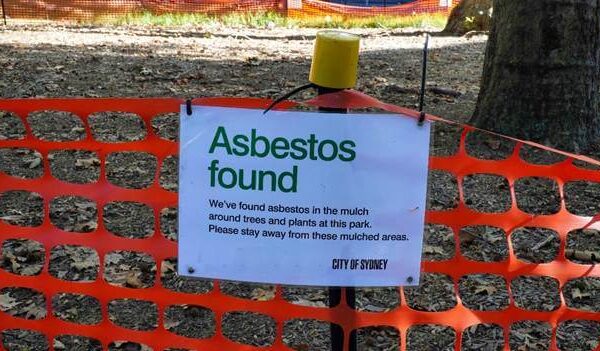Asbestos has been prohibited under Australian law since December 2003. Before this change, this substance was commonly used in various vehicles and construction materials. Therefore, many homes built or renovated in the late 20th century are likely to contain traces of it.
The 2003 ban was brought about because of the health risks associated with asbestos-containing materials (ACMs), such as asbestosis and lung cancer. Because of its harmful effects, it’s important to remove and dispose of any ACMs around your home for your well-being.
However, it can be difficult to tell if asbestos is present on your property. ACMs are not always distinguishable from other materials, so they’re difficult to spot with the naked eye. Additionally, doing a DIY inspection is greatly discouraged, as you might accidentally disturb the microscopic asbestos fibres and risk inhaling them.
That’s where relevant testing methods come into play. Asbestos testing is the most accurate and reliable way to determine the presence of asbestos on your property. In this article, we’ll explore two common asbestos testing methods: bulk asbestos testing and air asbestos testing.
Asbestos testing methods
There are several ways to conduct asbestos testing, but as mentioned, we’ll discuss two of the most common techniques of asbestos testing in Australia – air testing and bulk testing. They’re each named after their specific mode of sampling. Let’s delve into their definitions and explore the unique applications of each approach:
- Bulk asbestos testing: Also known as bulk sampling, this testing method involves collecting physical samples of suspected materials. They might include insulation, flooring, roofing, or other construction components. These samples are carefully collected and then analysed for asbestos presence and concentration in a laboratory setting
- Air asbestos testing: Here, the focus is on detecting asbestos fibres present in the air. Asbestos fibres can become airborne if materials containing asbestos are disturbed or damaged. This method involves using air sampling pumps to collect air samples from various locations within a building. These samples are then analysed in a laboratory to measure the concentration of airborne asbestos fibres.
Bulk asbestos testing and air asbestos testing are both crucial tools in managing asbestos hazards, ensuring the safety of occupants, workers, and the environment. These methods provide valuable information for informed decision-making regarding asbestos-containing materials and potential exposure risks.
Key differences
Although they’re equally effective, it’s important to choose the method that fits your project. You need to be aware of their differences to make informed decisions for effective asbestos detection and management.
Let’s discuss some of the factors that distinguish bulk from air asbestos testing.
- Sample typeSample type is one of the main differences between bulk and air asbestos testing. In bulk asbestos testing, a physical sample of a material suspected of having asbestos is analysed. This sample can be obtained through various methods, such as drilling, cutting, or scraping the surface of the material.On the other hand, air asbestos testing involves collecting air samples from a specific area where asbestos fibres may be present. It’s done using specialised equipment that captures airborne particles onto a filter or cassette. The samples are then sent to a laboratory for analysis.
- AnalysisAlthough the general process is similar for both methods, the preparation stage is what differentiates the two. In bulk asbestos testing, the physical sample is crushed, ground, or otherwise treated to release the fibres. Air sampling doesn’t follow this step; instead, the sample is prepared by removing any interfering particles before the analysis process commences.Although the general process is similar for both methods, the preparation stage is what differentiates the two. In bulk asbestos testing, the physical sample is crushed, ground, or otherwise treated to release the fibres. Air sampling doesn’t follow this step; instead, the sample is prepared by removing any interfering particles before the analysis process commences.
- PurposeWhile both types of testing are important for managing the risks associated with asbestos exposure, they serve different purposes. Bulk asbestos testing is used to determine whether a material contains asbestos and to what extent.This information is crucial for ensuring the safety of workers and occupants of buildings where ACMs may be present. For example, if a building is being renovated or demolished, bulk asbestos testing may be conducted to identify any ACMs and to ensure that they’re safely removed.
On the other hand, air asbestos testing helps determine the levels of airborne asbestos in a specific area. This data allows experts to assess the risk of exposure to asbestos and implement appropriate control measures to minimise the risk.
For example, air asbestos testing may be conducted in a workplace where workers are at risk of exposure to airborne asbestos fibres. The results of the test can help identify areas where exposure is occurring.
Conclusion
Asbestos testing is vital in Australia, especially for older properties. The right method to use depends on the situation and the specific materials involved. Prioritise your safety and the well-being of those around you by conducting thorough asbestos testing and taking appropriate actions based on the results. Be sure to work with experts for the job, as it ensures safety and more accurate results.







